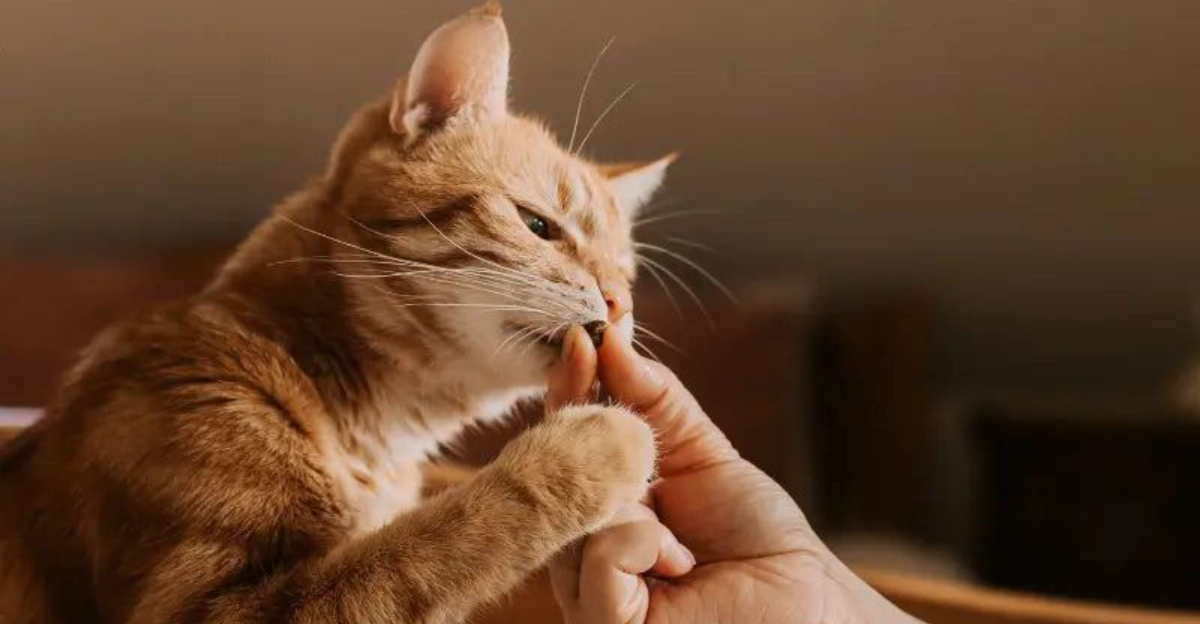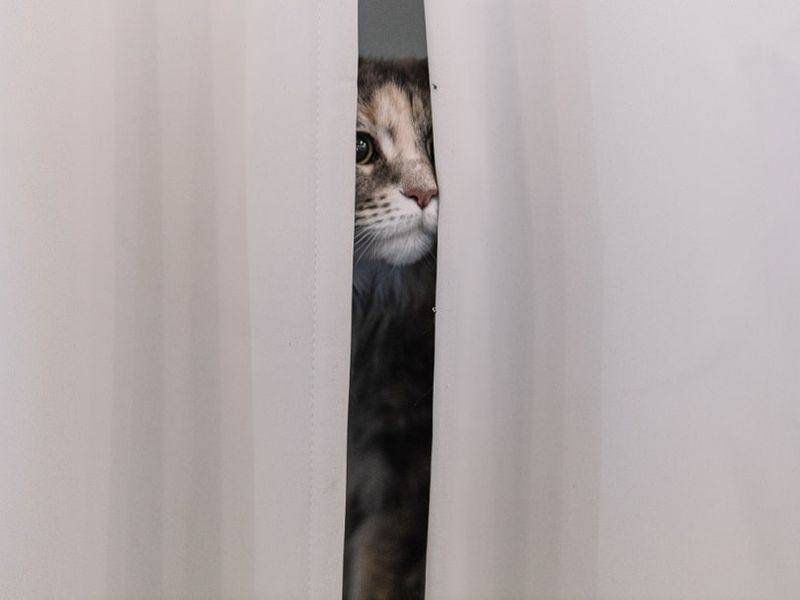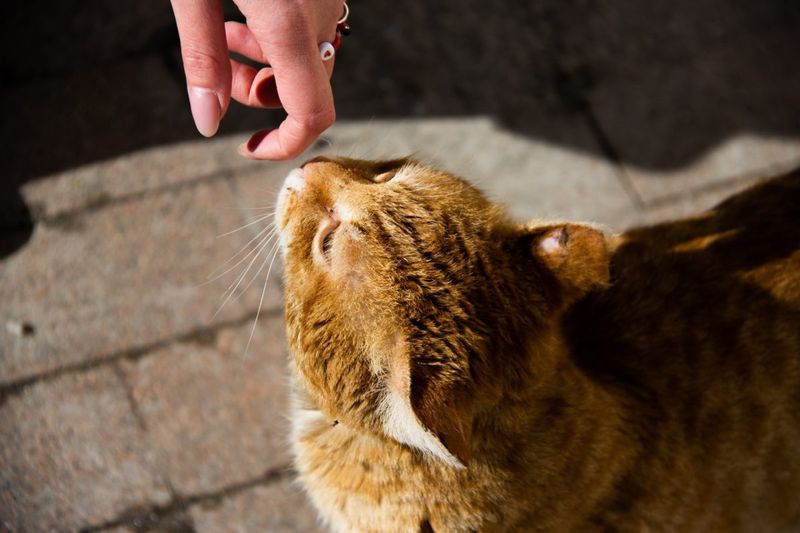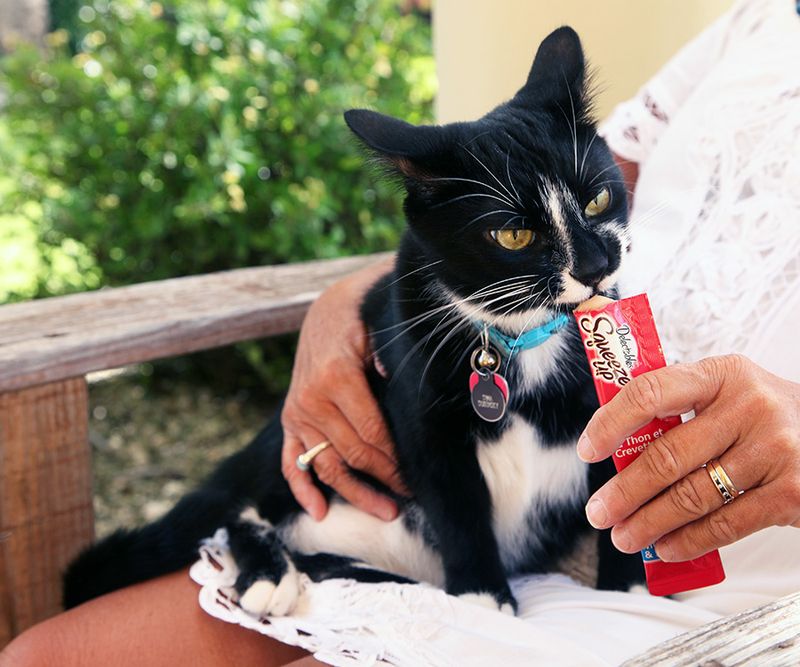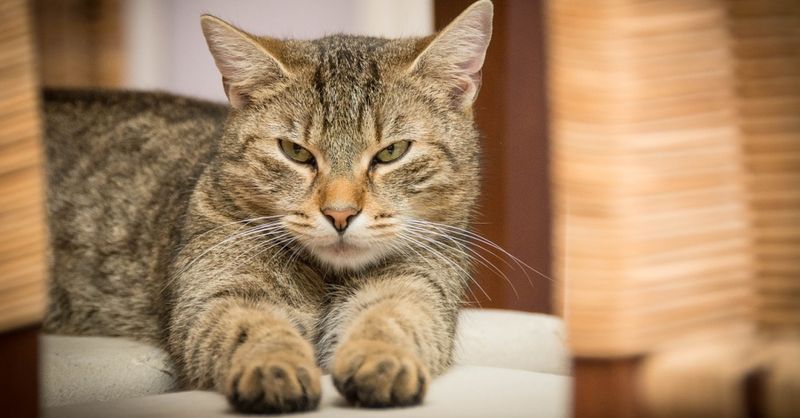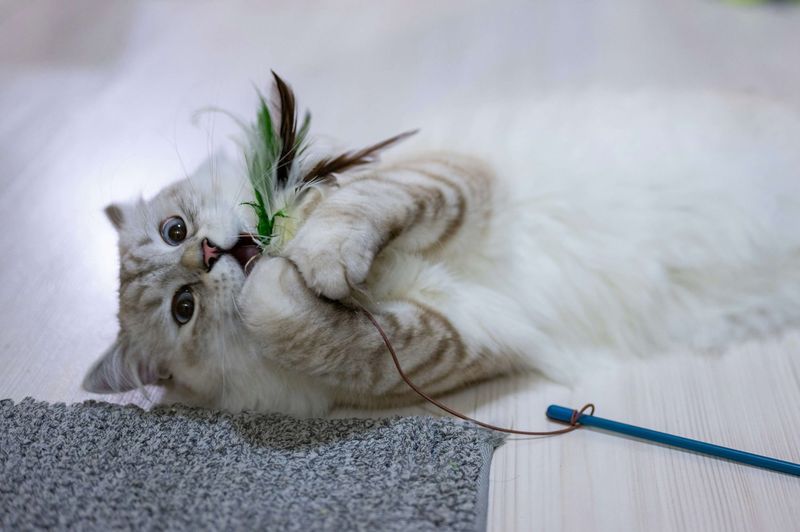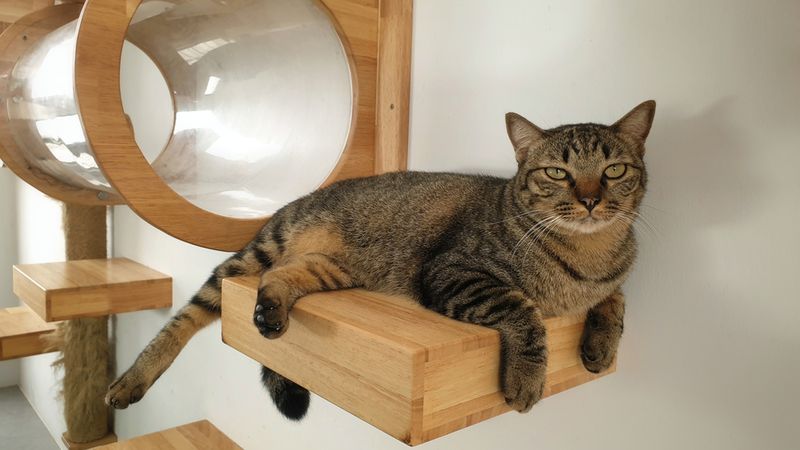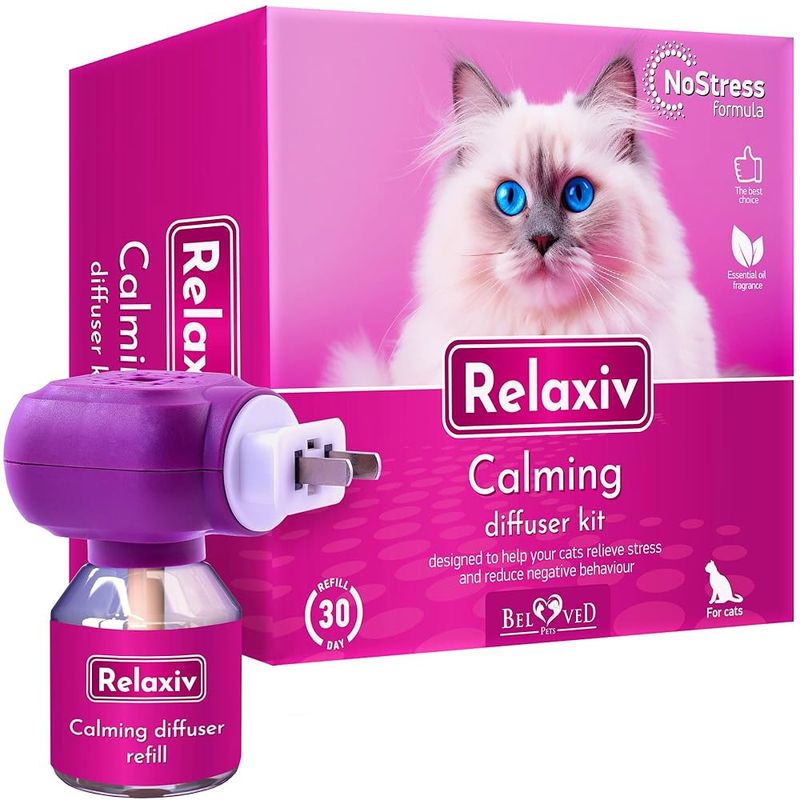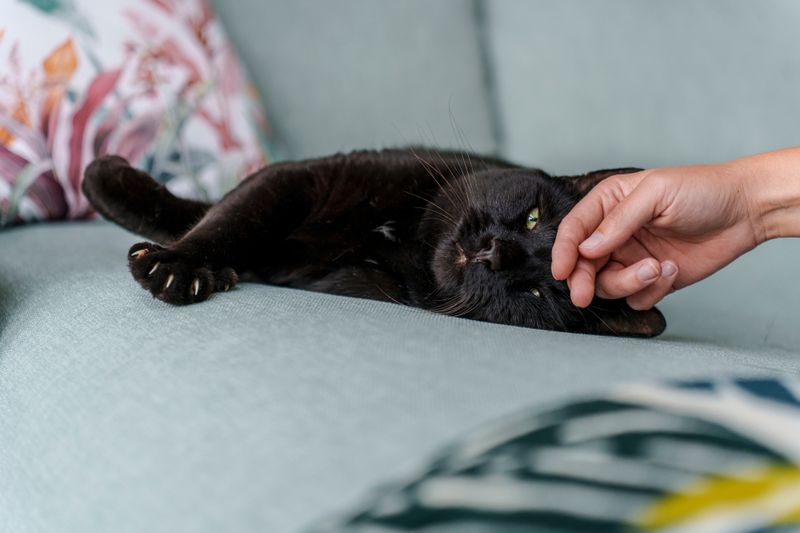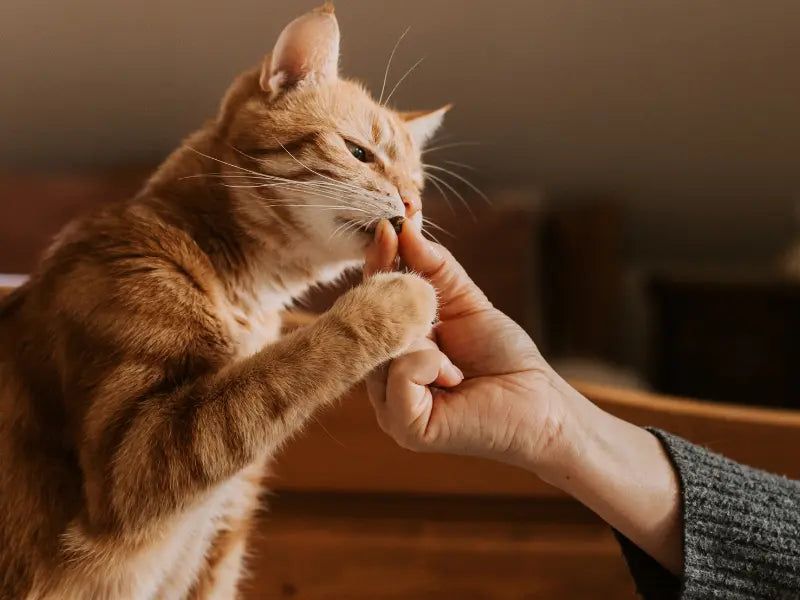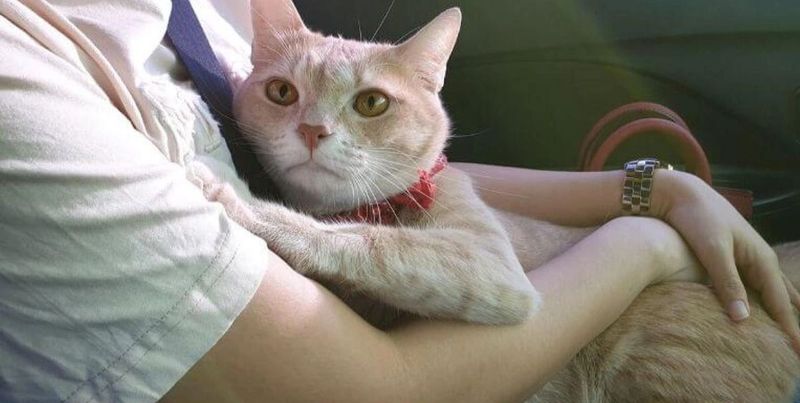📖 Table of Content:
- 1. Respect Their Personal Space
- 2. Speak in Gentle Tones
- 3. Follow a Consistent Routine
- 4. Use Food as a Trust Bridge
- 5. Master the Slow Blink Communication
- 6. Create Positive Play Experiences
- 7. Provide Elevated Resting Spots
- 8. Use Calming Pheromone Products
- 9. Practice Patience During Handling
- 10. Reward Brave Behavior Immediately
- 11. Be Their Consistent Caregiver
Earning the trust of a nervous cat takes patience, understanding, and genuine compassion. Many cats, especially those with traumatic pasts or naturally shy personalities, need extra support to feel secure in their environment. Building a strong bond with your anxious feline friend not only improves their quality of life but also creates a more harmonious household for everyone.
1. Respect Their Personal Space
Cats value their territory and need safe zones where they can retreat without being disturbed. Create multiple hiding spots throughout your home using cat trees, cardboard boxes, or cozy beds in elevated locations.
Never force interaction or pull your cat from their hiding place. This seemingly simple courtesy forms the foundation of trust between you and your anxious pet.
When your cat does venture out, acknowledge their bravery with soft words but avoid making sudden movements that might startle them back into hiding.
2. Speak in Gentle Tones
Your voice carries powerful signals to your sensitive feline. Speaking softly and calmly helps anxious cats feel less threatened in your presence. Many cats respond positively to higher-pitched, melodic tones rather than loud or deep voices.
Try reading aloud while sitting near your cat without making direct eye contact. This passive interaction familiarizes them with your voice without pressure to engage.
Consistent verbal cues for positive experiences like mealtime help your cat associate your voice with good things, gradually building positive connections.
3. Follow a Consistent Routine
Anxious cats thrive on predictability. Establishing regular times for feeding, play, and quiet periods gives your nervous pet a sense of security and control over their environment.
Sudden changes to routine can trigger anxiety and setbacks in trust-building. When changes are necessary, introduce them gradually while maintaining as many familiar elements as possible.
Consistent routines help your cat know what to expect, reducing the stress of uncertainty that often plagues anxious felines. Even small daily rituals become comfort anchors for your cat.
4. Use Food as a Trust Bridge
Food represents a powerful tool for connecting with skittish cats. Start by sitting quietly near your cat during mealtimes, gradually decreasing the distance as they become comfortable with your presence.
Hand-feeding special treats creates positive associations with your proximity. Try offering small bits of cooked chicken or commercial treats specifically designed for cats.
For extremely nervous cats, try placing treats in a trail leading closer to where you sit. This allows them to approach at their own pace while receiving rewards for their courage.
5. Master the Slow Blink Communication
Cats communicate trust through subtle eye movements. When a cat slowly closes and opens their eyes while looking at you, they’re expressing comfort and security in your presence.
You can return this gesture by making brief eye contact with your anxious cat, then slowly closing your eyes for a couple of seconds before opening them again. This feline-friendly signal tells your cat you’re not a threat.
Practice this gentle communication daily, but don’t stare directly at your cat for long periods, as this can feel threatening to them.
6. Create Positive Play Experiences
Interactive play helps anxious cats build confidence while strengthening your bond. Wand toys with feathers or mice attachments allow engagement from a comfortable distance, respecting your cat’s boundaries.
Keep play sessions short but regular, ending before your cat loses interest. This leaves them wanting more and creates positive associations with the activity.
Pay attention to your cat’s play style preferences. Some anxious cats prefer toys that move unpredictably like real prey, while others may feel safer with more predictable movements they can anticipate.
7. Provide Elevated Resting Spots
Height equals safety in the feline world. Anxious cats feel more secure when they can observe their surroundings from elevated positions where potential threats can’t sneak up on them.
Cat trees, window perches, and sturdy shelves give your nervous companion control over their environment. Position these items near areas where you spend time to encourage passive socialization.
Make these high spots extra appealing with soft bedding or treats occasionally placed there. Your cat will appreciate having these strategic observation posts throughout your home.
8. Use Calming Pheromone Products
Synthetic feline facial pheromones mimic the natural chemicals cats release when they feel safe. These products come as diffusers, sprays, or wipes and can significantly reduce anxiety in nervous cats.
Place diffusers in areas where your cat spends the most time. The effect is subtle but powerful, creating an environment that feels naturally secure to your feline friend.
For particularly stressful situations like vet visits or moving homes, pheromone-infused calming collars provide continuous comfort. Most cats show noticeable improvement within two weeks of consistent pheromone therapy.
9. Practice Patience During Handling
Touch sensitivity is common in anxious cats. Begin with brief, gentle touches in areas most cats enjoy, like under the chin or between the ears. Always let your cat initiate and end physical contact.
Watch body language closely during handling sessions. Dilated pupils, flattened ears, or tail twitching signal discomfort, meaning it’s time to back off immediately.
Gradually extend touching sessions as your cat shows signs of enjoyment like purring or leaning into your hand. This slow progression builds physical trust while respecting your cat’s boundaries.
10. Reward Brave Behavior Immediately
Timing matters tremendously when reinforcing trust-building behaviors. When your anxious cat takes a brave step—approaching you, accepting a pet, or venturing into a new area—reward them instantly with treats, praise, or whatever motivates them.
Keep rewards small but meaningful. A tiny piece of chicken or a favorite treat delivers the message without overwhelming your sensitive companion.
Consistent reinforcement helps your cat connect specific actions with positive outcomes. Eventually, your mere presence becomes associated with good experiences, fundamentally changing how your cat perceives you.
11. Be Their Consistent Caregiver
Anxious cats form stronger bonds when one person handles most of their care. Taking personal responsibility for feeding, litter box cleaning, and playtime helps your cat identify you as their trusted provider.
Wear similar-scented products to create a consistent olfactory signature. Cats rely heavily on smell for recognition, and a familiar scent profile helps anxious cats feel secure.
During initial trust-building phases, limit handling by visitors or other household members. This consistency prevents confusing or frightening experiences that might set back your progress.
